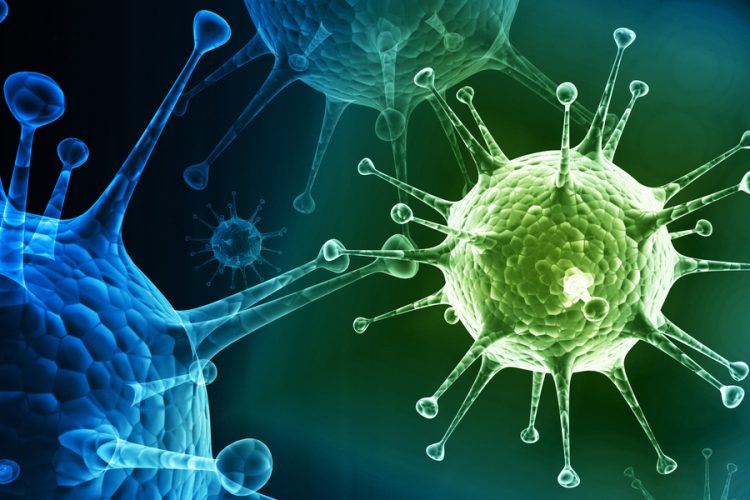Recently, the US Food and Drug Administration (FDA) has approved an application for a supplementary biological product license from Sanofi’s Fluzone® High-Dose Quadrivalent (High dose tetravalent, Influenza Vaccine) for older people aged 65 and older.
1. Introduction of Fluzone
Fluzone® High-Dose (Influenza Vaccine) was approved by FDA as a trivalent influenza vaccine in 2009, including two influenza A strains and one influenza B strain. Fluzone® High-Dose Quadrivalent contains an additional strain of influenza B for people aged 65 and older to help prevent influenza diseases caused by influenza A and B strains contained in the vaccine.

The approval is the final step in Sanofi’s complete transition to a tetravalent flu vaccine in the United States. Fluzone High-Dose Quadrivalent will be available for immunization vaccination during the 2020-2021 flu season. Sanofi will continue to deliver and provide Fluzone High-Dose trivalent preparations until the end of the 2019-2020 flu season.
The approval is based on data from a phase III immunogenicity and safety study. In this study, Fluzone High-Dose Quadrivalent reached the main end point of non-inferior immunogenicity compared with Fluzone High-Dose, which contains one of the two influenza B strains recommended for inclusion in the 2017-2018 influenza season vaccine. In terms of the secondary end point of the trial, each type B influenza virus strain in Fluzone High-Dose Quadrivalent induced a superior immune response compared with the trivalent preparation without the corresponding B strain.
In this study, the local and systemic response rates of Fluzone High-Dose Quadrivalent immunization were similar to those of Fluzone High-Dose trivalent vaccine. The most common reactions after vaccination were pain at the injection site (41.3%), myalgia (22.7%), headache (14.4%) and discomfort (13.2%), usually three days after vaccination. Most of the reactions were resolved within three days of vaccination. The findings were published in the journal Vaccine in September 2019.
According to the results of a randomized controlled trial, Fluzone High-Dose is the first and only flu vaccine that has been shown to be more effective than Fluzone ® (influenza vaccine) in adults aged 65 and older. The study assessed nearly 32000 adults aged 65 and older during the flu season in the United States and Canada. The results showed that compared with Fluzone, Fluzone High-Dose prevented 24% more influenza cases caused by any circulating influenza strains and 51% more influenza cases caused by strains similar to which contained in the vaccine. According to data from the Fluzone High-Dose vaccine, the adverse reactions of injection site reactions and systemic adverse reactions after Fluzone High-Dose vaccination was slightly higher than that of the standard dose vaccine.
By the end of the 2018-2019 flu season, more than 112 million doses of Fluzone High-Dose had been distributed in the United States and nearly 2/3 of American adults aged 65 and older who had been vaccinated with Fluzone High-Dose.
2. The Development of Vaccines for Influenza Virus
There are already vaccines and drugs for influenza virus. Such vaccines include attenuated live virus vaccines or inactivated vaccines of human influenza A viruses and influenza B viruses. One problem with such viral vaccines is that since the antigenic structure of wild-type viruses are constantly changing, the corresponding vaccines have to update the paralleled virus seeds every year because once the antigenic structure of the seed virus is inconsistent with the wild virus, the vaccine will be no longer possible to provide protection for vaccines. What’s more, even if the two do match, there will also exist the possibility of generation of escape variants. Influenza vaccines are usually produced using eggs that have been fertilized. After the WHO announced the recommended strains for the winter flu season, each vaccine producer began manufacturing vaccines. In addition to eggs, the EU has also adopted the flu vaccine produced by animal cells, Optaflu, which can meet the needs of different mass production and avoid allergies caused by vaccine production using eggs.
